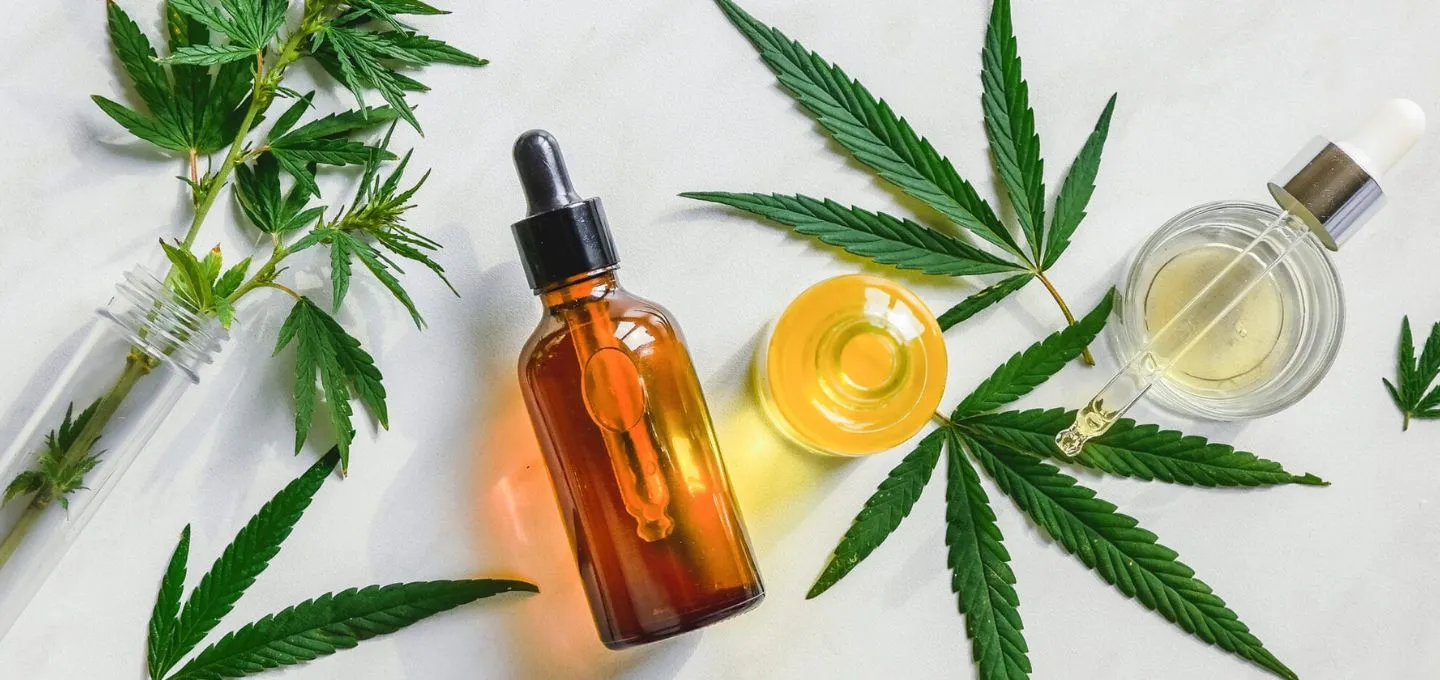What are Mycotoxin?
Table of Contents
Moulds and fungus create mycotoxins.
They may develop on cannabis plants during cultivation, harvesting, processing, and storage.
Cannabis mycotoxins may be dangerous to inhale or swallow.
The Danger of Mycotoxins
Many mycotoxins harm cannabis, including aflatoxins, ochratoxin A, and trichothecenes.
If ingested, they may be poisonous, cancerous, or hazardous to people and animals.
Mycotoxins flourish in poor growth circumstances but seldom arise on well-tended plants.
Smoking or eating infected cannabis exposes people to mycotoxins.
Sore throat, vomiting, nausea, etc., are acute symptoms. Long-term dangers include kidney/liver damage, immune system weakness, and leukaemia.
Toxins, exposure, and health variables determine damage.
Avoidance
Avoiding mycotoxins starts with controlling mold growth during cultivation and processing. Proper drying, curing, storage, and transportation practices are key.
Any visibly moldy cannabis should be discarded. Consumers can further reduce risks by using filtered forms like concentrates or vape oils instead of unfiltered products.
However, lab testing is the only way to conclusively detect mycotoxin contamination.
Reputable cannabis companies will provide up-to-date test results from independent labs to confirm their products are free of dangerous levels of mycotoxins and other contaminants.
Consumers should check for and review the latest lab results when purchasing cannabis.
While risks remain low with properly grown and tested cannabis, producers and consumers alike need to understand the dangers of mycotoxin exposure.
Careful monitoring and testing continue to be important for ensuring a safe, legal marijuana market.

 Fact Checked by Doctor Name
Fact Checked by Doctor Name